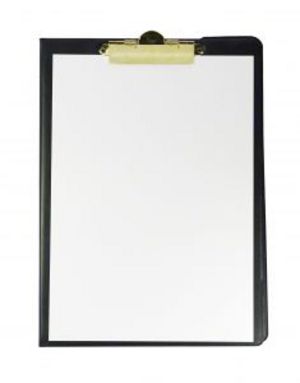Writing a book is a serious undertaking and should never be taken lightly; however, there is some debate as to whether or not an outline is necessary. You remember outlines, right? Those obnoxiously long planning guides that you had to write before you started your research papers in high school. Writing an outline for a book is considerably more work than writing one for a five-page paper in English class.
Some authors, such as the horror guru Stephen King, who believe that an outline stunts creativity and restricts the flow of the writer’s words. Others, such as chick lit writer Janet Evanovich, say that the outlining stage should be even longer than the actual writing. So which of these successful authors is right?
What most aspiring authors don’t realize is that an outline is a tool, and not a prerequisite. You aren’t in English class anymore and no one is going to go over your outline with a fine-toothed comb, marking it with red in the places he or she doesn’t like. Nobody will see your outline but you, and unless you tell them, no one will know whether you did one or not. The question isn’t whether or not Stephen King needs an outline before he writers a book; instead, you have to determine whether you need an outline.
Types of Outlines
When you picture an outline in your mind, you probably see roman numerals followed by uppercase letters followed by numbers followed by lowercase letters. That is the traditional outline, and some writers still use it. However, there are many different types of outlines from which you can choose.
One writer I know sits down with a sheet of paper and just starts jotting down ideas. Once the scope of the book has congealed in her mind, she starts writing and sees no need for an outline from there. Another writer I know plans out each chapter in synopsis form, and only then begins the book. How you outline – if at all – is entirely up to you.
The Purpose of an Outline
Many writers, such as Lee Wyndham, believe that an author should know the beginning, middle and end of a book before he or she begins to write. This is sometimes true, particularly if you plan to foreshadow the end throughout the preliminary chapters. However, some authors claim never to know the ending until the characters and circumstances take them there. This is often the case in Literary Fiction, which is character-driven.
If knowing every little scene in the book will spoil the mystery and excitement of writing, don’t outline. Again, it might stunt your creativity and cause you to lose interest halfway through the writing. However, if you take comfort from knowing what will happen to your beloved characters, by all means, start an outline before you write.
Type or Longhand?
One of the benefits of having an outline before you write your book is that many outlines are scrawled in longhand. It takes you away from your computer and to a comfortable place where you can “go where the book takes you”. You aren’t confined by perfect sentence or grammatical structure; you write what comes to mind, and can always revise later.
Many writers believe that true creativity only occurs when writing by longhand. I don’t necessarily subscribe to that theory, but I will admit that it can be satisfying. If you think that creativity will flow when you sit down with a pad and pen to outline, then you might need an outline before you write your book.
In Conclusion
I can’t tell you whether or not you need an outline before you write your book. However, I can advise that you try it both ways and see which works for you. If you start to outline and realize that the ideas just aren’t flowing, then maybe you’re the kind of writer who needs to just sit down and start with Chapter One. However, if you take comfort in the handwritten (or typewritten) outline, then that might be the way for you.
Don’t forgo the outline entirely just because Stephen King doesn’t use them. Every writer has a different process, so don’t allow yourself to be influenced by the words of others. Do what you feel.
